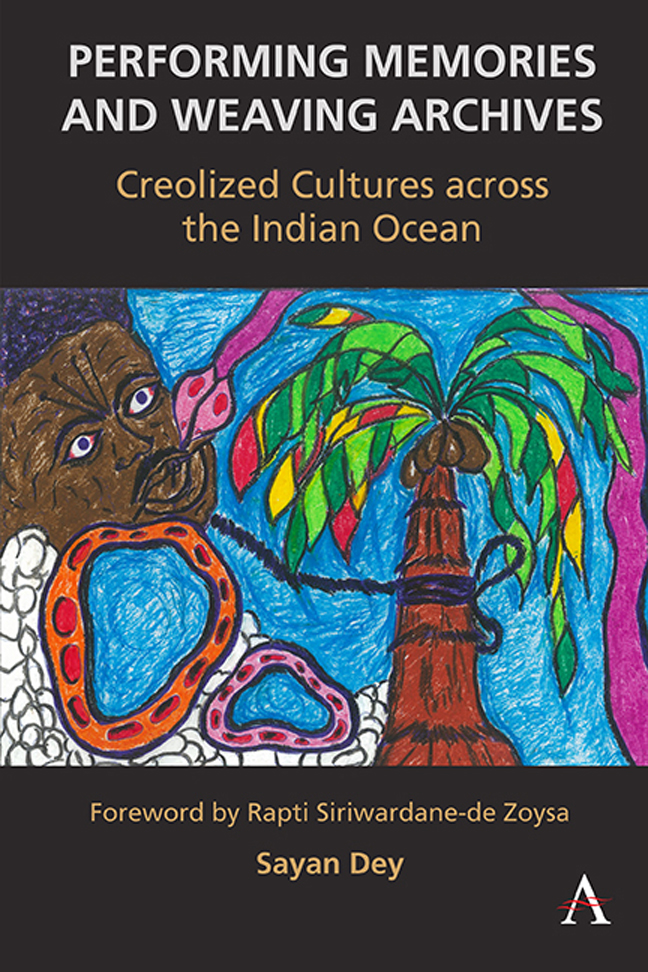Book contents
2 - Porosity: Reservations and Fluidities
Published online by Cambridge University Press: 29 February 2024
Summary
The transcontinental and transoceanic exchanges of people and cultures between India and the continent of Africa got regularized with the arrival of the European colonizers. Before the arrival of the Portuguese in India, the movement of Africans to India was not regular and was not restricted to slavery (Toninato and Cohen 2010). As discussed in Chapter 1, Africans with diverse professional affiliations arrived in India with diverse professional intentions. On May 20, 1498, when Vasco da Gama reached the coast of Calicut from the East African coastal town of Malindi, he was received by “two North African merchants from Tunis who reportedly spoke both Spanish and Italian” (Alpers 2014, p. 68). This encounter between Christopher Columbus and the Africans shows the professional and linguistic diversity that the African immigrants had in India before the arrival of the European colonizers. It was with the arrival of the Portuguese colonizers in India that the African slaves in India were racially dehumanized and compartmentalized. As the Portuguese came to India, they brought with them African slaves from Mozambique, Eritrea, Somalia, and South Africa, which diversified the already existing population of Abyssinian slaves in the country (Shah et al. 2011; India Today Web Desk 2016; Vallangi 2016). The Portuguese subjected the African slaves to severe states of existential inhumanity, as they did with the indigenous communities in other parts of the world. As a result, many slaves escaped from the clutches of the Portuguese into the forests of Goa, Maharashtra, Karnataka, and Gujarat. This is how the African settlements in Gujarat came into existence.
The sociocultural diversity of the African Indians in India can be traced back to the different names by which they are known. Historically, the African Indians in India were known as Siddis and Habshis. Several narratives revolve around the origin of the term “Habshi” and “Siddi.” According to Fitzroy Baptiste, the term “Habshi” can be traced from the ancient Egyptian word “Khebtsi,” which was used to refer to the people of Punt (ancient Ethiopia) (Baptiste 2008, p. 121). Sergew Sellassie, in her book Ancient and Medieval Ethiopian History upto 1270 (1972), mentions that ancient Ethiopia was also referred to as “Neter” by the ancient Egyptians, which means the “the land of the Gods” (p. 21). Many historians claim that the “Habshis” were referred to those Africans who came to India from Ethiopia.
- Type
- Chapter
- Information
- Performing Memories and Weaving ArchivesCreolized Cultures across the Indian Ocean, pp. 15 - 26Publisher: Anthem PressPrint publication year: 2023

